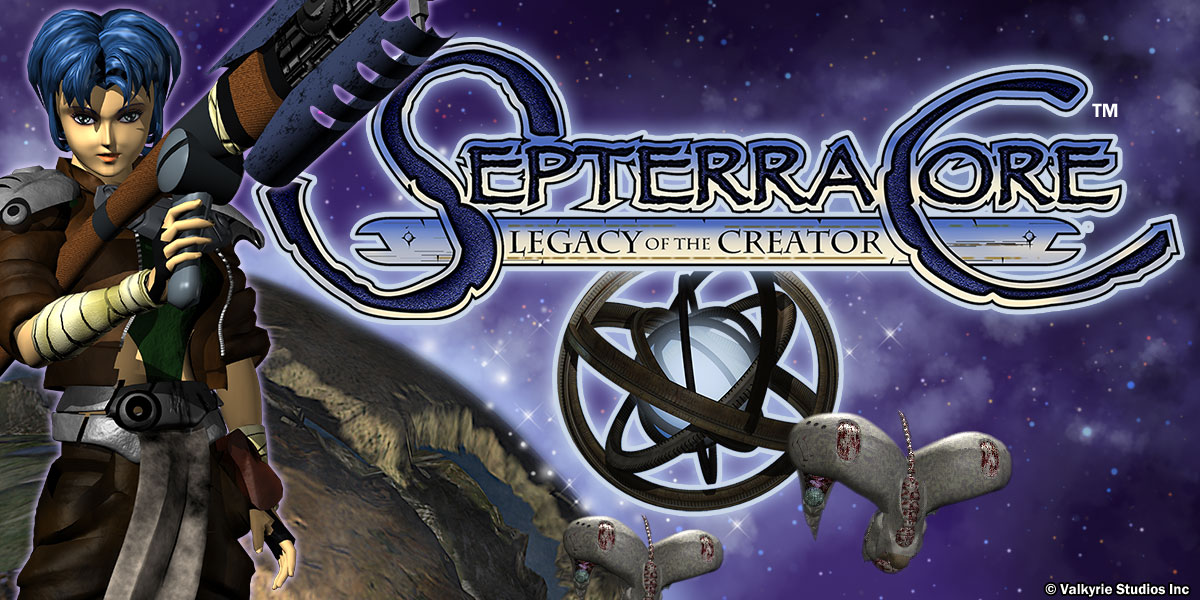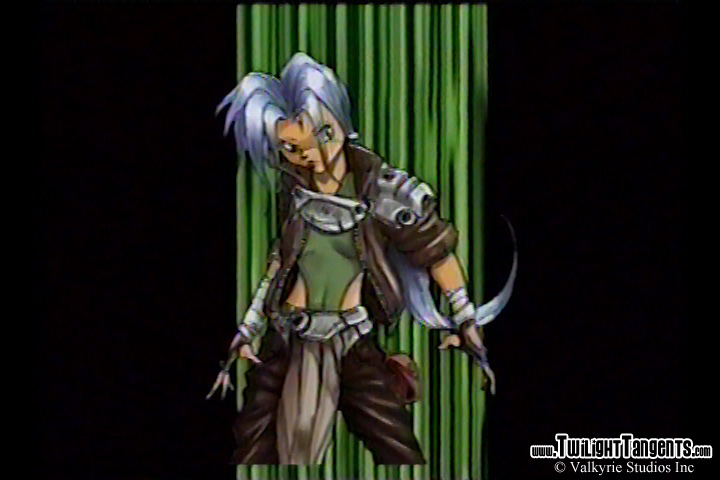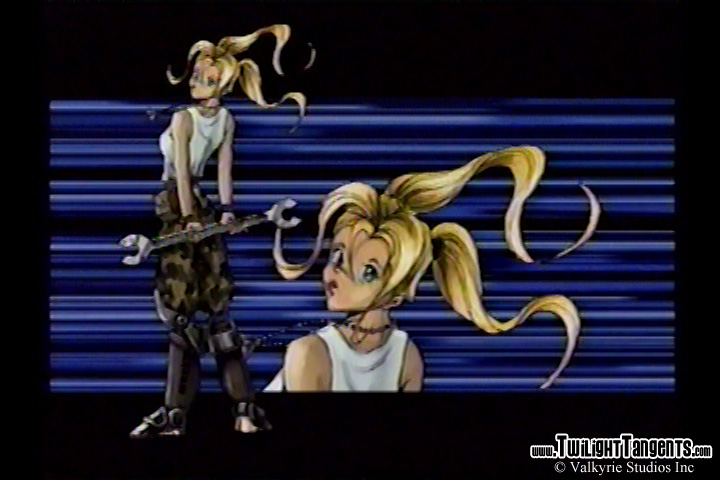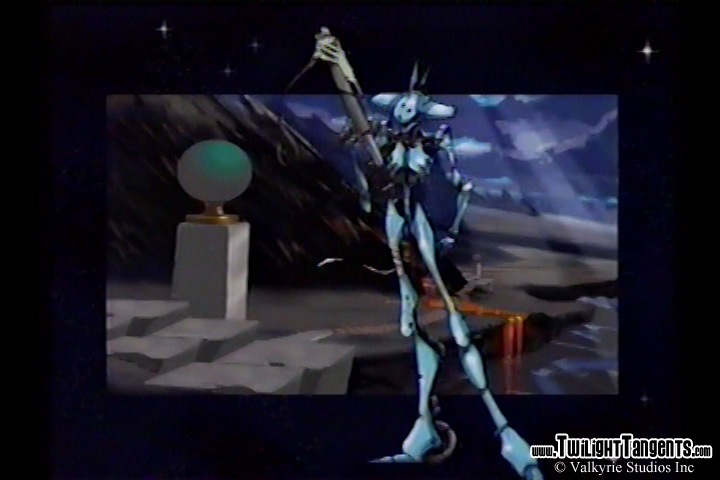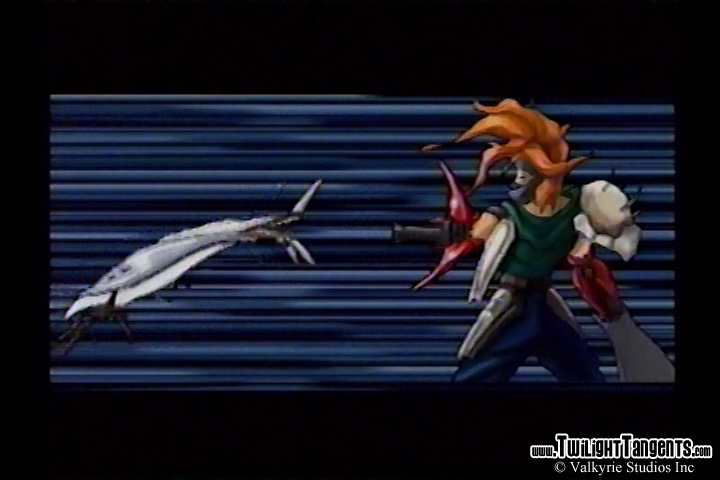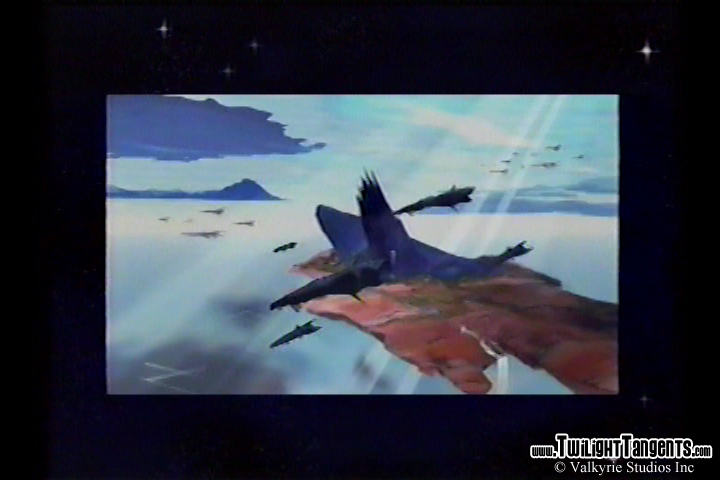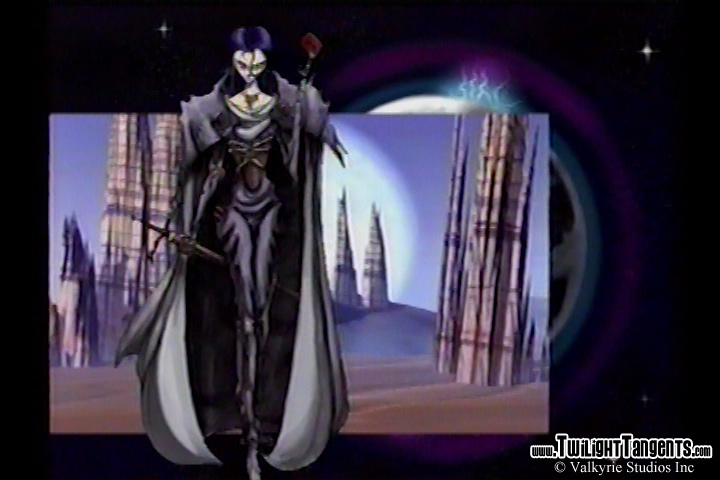Septerra Core: Legacy of the Creator marked its 20th anniversary since publication late in 2019. What follows is a deep dive retrospective on the making of this cult classic RPG!
(BTW – If you missed Part 01, check it out here)
In late 1995 and early 1996 Septerra Core was still in its infancy in the Chicago offices of Viacom New Media (VNM). I had been given a little rope to develop the concept further and the team had grown—I was working with a lead artist under the close eye of a producer. But while the game had gained some traction, it was up to us to breathe some life into it and prove to the suits that we had something worth developing.
Party as Player Character
While a lot of the basic game play ideas had mutated over the first few months of development, one thing that remained static was the idea of a set (or “pre-made”) cast of Player Characters (PCs). This was in stark contrast to most western role playing games (RPGs), games which usually allowed the player to craft their PCs from the ground up, choosing from starting stats, classes, weapons, and even giving them a name. As usual, this was another case of the western Computer Role Playing Game (CRPG) genre trying to mimic or recreate the table top RPG experience of Dungeon & Dragons.
But this also led to a lot of these games being light on story and character development. Allowing the player to envision and create a unique character is damn cool, but it makes the writer’s job damn hard—how do you write a compelling story with exciting character development when you don’t know who your main character is? While many games in the 2000’s and 2010’s have since tackled that problem (with varying degrees of success), few developers in 1996 had the time or resources to devote to it. Many that did inevitably ended up with passive main characters and bland stories that were relegated to little more than dungeon crawls and simple “good versus evil” narratives. That’s not what I wanted for Septerra Core—I wanted memorable characters whose arcs would be personally affected by a dramatic story.
So I took a different approach, something that Japanese Role Playing Games (JRPGs) had started to become known for. Rather than let the player craft their own character, Septerra Core would give them a pool of 9 diverse characters, representing a plethora of different combat, puzzle solving, and personality types. From there the player would form a party of 3 characters to go adventuring with. The main PC, Maya, would always be present—and the core story could therefore be crafted around her personality and character arc—but the other 2 could be swapped out. This would allow the player to form parties that worked for them, swapping out characters for different situations: “The Party as PC.” Do you want to use more magic? Take Selina. Want more brute force? Take Badu or Runner. Want more insight into certain aspects of the world to help solve puzzles? Take Grubb. Want more of a rogue who can steal from shops and intimidate bad guys? Take Araym.
And Septerra Core wouldn’t penalize the player for neglecting a party member for too long (by leaving them at home base while the others were off earning experience points (XP)). Rather, we would give the party its own XP total, and the individual characters would level up at different rates, based on that score.
DrawThink
I was in charge of game design on Septerra Core, but as this universe was springing from my imagination, I also needed to demonstrate the style and direction I wanted to aspire to. So while I would spend part of my day hammering out gameplay details (and my nights devouring as many different competitor RPGs as I could), I found myself devoting what time I had left to sketching out who our party of characters were going to be.
I had been an artist before I moved into game design, and one of the things I liked to do was drawthink. What’s drawthink? That’s when you start sketching a character (or concept), but as you’re drawing you end up putting a lot of thought into who that character is—what their personality is like, where they come from, what makes them tick. I had several concepts in my head for the main characters, including what sorts of story, world, and gameplay roles each would fill, but it usually wasn’t until I started drawing that I really began to find their personalities.
For example, I knew I wanted a young woman who was a sort of “military brat.” Led would be a spunky army mechanic eager to serve and fight in her country’s war effort. I gave her a giant wrench, something she would be using in the motorpool to work on mecha and other weapons of war, and that became her actual melee weapon (but something she could also use to repair robotic party members, or sabotage robotic enemies). Unfortunately, her father, a military general, wanted to protect his baby from the front lines, and this conflict between headstrong child and overprotective father would manifest in their relationship. However, it wasn’t until I was drawing Led that I realized why her father was so overly protective: as I sketched her boots they morphed into robotic legs—maybe she had lost her original limbs in an enemy attack? No wonder her father wanted to keep her as far from the front lines as possible!
Thus, Led was born through drawthink, along with Maya, Corgan, Selina, Araym, Badu, Lobo, and Runner.
I believe that Maya, Led, Selina, and Corgan were the first characters I designed. Kathy Tootelian (then Septerra’s Lead Artist) provided the colors. These character sheets were created to help sell the game concept to Viacom New Media. Select each to learn more about their creation…




Girl Power
A lot of those early characters were women. In fact, I knew from the beginning that Septerra Core would have a female lead. It wasn’t to make a statement, or to “challenge the patriarchy,” it was just the natural direction I felt the story was going. I also wanted the player characters to feature more than just a “token female,” with nearly half of the “human” PCs being women.
In hindsight it seems strange that I didn’t have to fight for any of this. Remember, this was in the far flung past of 1996, when video games (and RPGs in particular) were very much still seen as a “boys club.” There was this general belief that men wouldn’t want to play a game where they would take the role of a woman, while ads in gaming magazines were often aimed at the libidos of teen boys, full of female characters often designed as mere “eye candy.”
And yet, I don’t remember fighting for more women in the game or any one in upper management or marketing questioning the idea that the main character wouldn’t be some gruff, taciturn dude-bro.
Anime was obviously a big influence for me. I had grown up watching shows like Naussicaa of the Valley of the Wind, Gunnm (Battle Angel Alita), Super Dimension Cavalry Southern Cross (Robotech: Masters), Iria: Zeiram the Animation, Bubblegum Crisis, The Dirty Pair, and Nadia: Secret of Blue Water (not to mention Ghost in the Shell released the previous year), all popular properties that had strong female leads.
That’s what I wanted for Septerra Core. And while the eventual team (especially the women who would work on the game) applauded it as a refreshing change of pace, to me it was just the natural choice.
After the main human characters were designed, I moved onto the more unique player characters. It helped to work on all the mechanical characters at the same time, first Lobo, then Runner. Finally, I seem to remember Badu being designed last. Select each pic to learn more…





From Art to Design
Whoever decided a picture is worth a thousand words knew what they were talking about—the early character drawings started to visualize a grungy, science-fantasy world distinct from the typical traditional high fantasy of knights and dragons. That unique look certainly helped it gain some momentum at the company, but that momentum came with a ramp up in design and writing duties—I couldn’t sit and drawthink all day and get game design systems hammered out, so I agreed to hand the rest of the lead character design to Septerra Core’s lead artist at VNM, Kathy Tootelian.
Kathy had been involved in hiring me just 4 or 5 years earlier, when she scouted the community college I was attending for potential art hires. I landed that job when I was only 19, or, as she so kindly puts it, she and the executive producer “adopted me (for good reasons).” Kathy had a background in the traditional art world and years of experience, so I naturally looked to her as an art mentor. But, as it turned out, I was able to introduce her to new things as well: the world of fantasy art, comics, and anime that Septerra Core was drawing from.
“I was very interested (in the Septerra project),” Kathy remembers. “…I thoroughly enjoyed visual idea exchanges with BMAN. He introduced me to the art of Frazetta, Miyazaki and more, and I shared works of Pre-Raphaelites and N. C. Wyeth. And Wagner.”
While I was off writing up systems, stats, and story, Kathy did a wonderful job designing Grubb and our antagonist, Lord Doskias, somehow able to take in all the new art styles I was throwing at her to bring these characters to life just as I had imagined them.




The Elevator Pitch
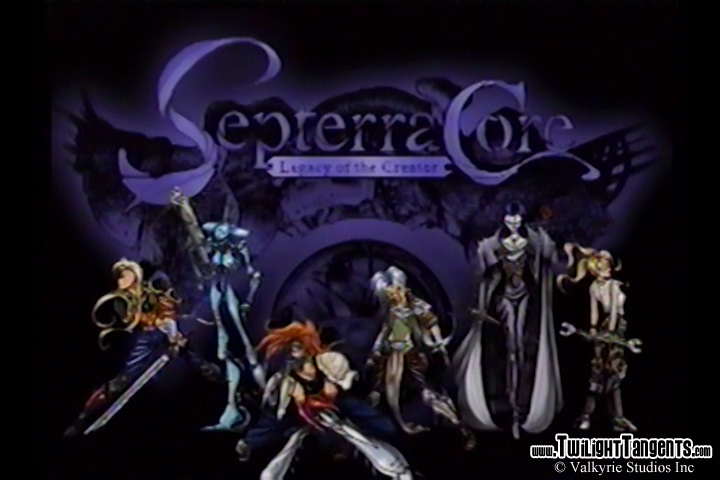
There comes a point in the development of any game project where you need to convince the suits who control the purse strings to let you keep working on it. It wasn’t long before Septerra Core hit its first hurdle.
VNM was based out of the Chicagoland area, but the Viacom home office was in New York. I think our little project had quite a bit of support in the local office among management, especially since my previous project Beavis and Butt-head in Virtual Stupidity (where I had been lead artist, co-designer, and co-writer) had been released to fantastic reviews and sales. It was the suits at corporate in New York that needed more convincing. They weren’t seeing the mood boards, the enthusiasm of the team, or the hard work we were putting in. We needed to show them what we were working on, and that meant putting together a sort of “elevator pitch.”
Kathy and I worked on a short movie with the assets we had, with a little assist from the audio department. What we ended up with was a short “tour of Septerra,” from the upper world shell to the very core. Kathy painted up color versions of the characters, while the evocative backgrounds were provided by another talented VNM artist we hijacked from another team, Kurt Mitchell. (In fact, some of his depictions of the floating continents from those early days made it all the way to the box art of the released game!)
And since we had pretty much zero budget, Kathy was called upon to narrate the whole affair. Kathy “…loved doing (the) voice-overs” and added some gravitas as the voice of our main character, Maya. (Fun fact: In the actual released game, Maya is of course voiced by Karin Anglin, but Kathy appears as the voice of Maya’s long deceased mother, heard only once in a dream sequence after the crash of the Core Lenses.)
We were pretty happy with what we put together, as it served as a sort of “Audio/Visual Mood Board.” You can check it out right here, brought to you in the only form that it seems to have survived: a 25 year old VHS tape!
Note that several characters were missing (Grubb, Badu, Runner), as they had not yet been designed.
Exciting, right? Unfortunately, it turned out to be the opposite of what the New York suits wanted to see—they wanted gameplay mock ups, demonstrations of the basic core game loops…
Oops.
Nevertheless, something in the video must have clicked, because the team was soon allowed to begin proper pre-production with an expanded headcount.

